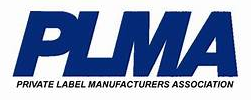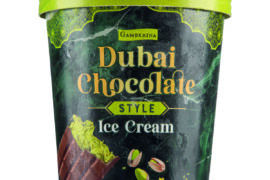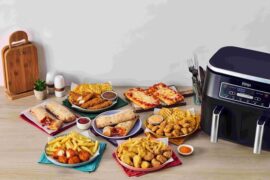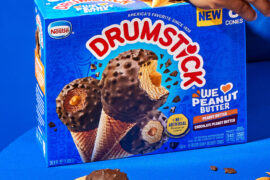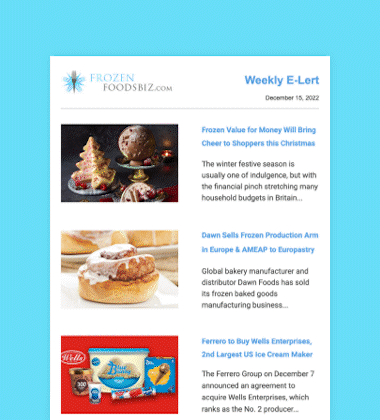More affordable value added frozen seafood products are featured in the latest expansion of Clover Valley private label products available at Dollar General variety stores in the United States. Lobster Bites and Crab Bites are among the innovative offerings.
“When Dollar General pioneered the ‘dollar store’ format in 1955, few food products were offered,” said Jackie Li, senior vice president of private brands and global sourcing for the Goodlettsville, Tennessee-headquartered chain. “With continual growth and changes to the company’s business model, our product selection has evolved. Customers shared that they believe in the quality and equity of Clover Valley and were receptive to more innovative products. We have put ‘Food First’ this year because we see a need and to fulfill the desire for even more options.”
Introduced in 2009, the Clover Valley store brand has grown to include approximately 600 items. Other frozen food products in the range include Rising Crust Pepperoni Pizza, Mandarin Orange and General Tso’s Chicken Bites, Dino Nuggets, Homemade Meatballs, Buttermilk Waffles and Neapolitan Ice Cream.

While not a grocer, approximately 80% of Dollar General stores serve communities of 20,000 or fewer people. Many Americans, especially in rural areas, rely on such retail outlets for their basic, everyday and household essentials.
Recently, consumables accounted for approximately 80% of total sales at Dollar General stores, which now number more than 19,000 in 47 US states and Mexico. The company, which rang up sales of almost $38 billion in 2021, employs 175,000 people.

US Frozen Private Brand Sales Up 8% in First Half of Year
Meanwhile, the New York City-headquartered Private Label Manufacturers Association (PLMA) reports that store brand sales for frozen food products in the United States rose 8% during the first half of 2023. Retail private label collar sales across all categories increased 8.2%, vs. a gain of 5.1% for national brands, according to Circana data for the six-month period ending June 18, compared to the same six-month period in 2022.
This extends store brands’ powerful two-year run. Measured against the first six months of 2021, dollar sales during the same period this year improved by 16%, or about $17 billion ($91 billion in ’21 vs. $108 billion in ’23).
Commenting on the figures, PLMA President Peggy Davies said that the headwinds of an uncertain economy weigh heavily on consumers’ minds. Plus, many marketers are holding on to recent inflation- and supply chain-related price hikes.
Most importantly, store brands have benefitted from several years of unprecedented consumer trial, which research says is the industry’s best friend.
“Having opted for a store brand over the national brand for the first time, there’s a strong likelihood the shopper will stick with the store brand,” said Davies. “In addition, we are also seeing retailers doubling down on product innovation in food and non-food to take advantage of the flow of new store brand customers.”
